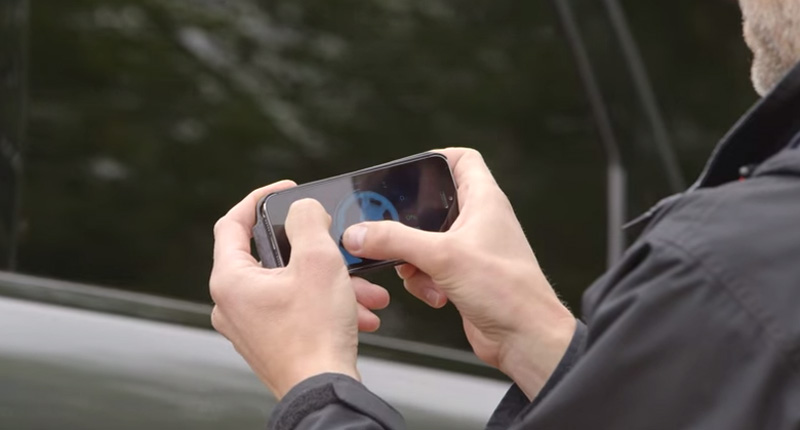A new AI model built for the global majority Microsoft has announced Project Gecko, a research initiative designed to close the performance gap between…
UXed in 60 seconds: 5 ways Jaguar Land Rover UX is boosting the automotive space

Our cars already have software from Microsoft, Google, and Apple in them, filtered through touchscreens and sensors. Likewise, the number of cars on the road is also escalating at a fast and furious rate. But the more developed the automotive industry becomes, the more attention and focus drivers should pay to preventing emergencies. It’s much harder to keep attention on the steering wheel when there are so many controllers around you.
Still, not all settings are used with the same frequency. For example, tuning to a radio station, regulating air conditioning temperature, or answering an incoming call happens rather often, but with a few finger strokes. On the other hand, entering addresses in a navigation system or setting up support services (such as sport mode or hill descent control) requires much more concentration and should not be performed while driving.
Brain monitoring
The most intriguing developments of autonomous car control from Jaguar Land Rover also open the door to the continuous recording of a driver’s bioelectric brain activity. Due to the built-in wheel sensors, it is possible to track brain impulses through fingertips, so the board computer can evaluate the health condition of the driver (ie. if they are focused, calm, about to fall asleep, or angry). The aim of the technology is to sharpen a driver’s focus, keep track of his/her health conditions, prevent stressful situations, and foresee the next steps of a driver or simply assist them. So, when a driver is stressed, their car may adjust temperature, switch on subduing music and watch the car’s speed for them.
Predictive gestures
Jaguar’s Predictive Infotainment Screen has cameras that observe a driver’s movements in order to predict which button they are about to push on the sensor screen. The button will be activated when the finger is still in the air on its way to the screen, so touching won’t even be requires. The function selection will happen 22% faster, ultimately making selections safer while driving.
Fitts’s law explains this interaction linking time of the movement with distance and accuracy. In other words, if a user needs to reach a really small button, they usually don’t hit it on the first try. By decreasing the distance or expanding the size, it is possible to enhance the accuracy of the interaction. Technologies such as Leap Motion show this principle in action, “offering detailed handwriting, precision pinch-to-zoom and all sorts of intuitive hand gestures that are both natural and concise.”
Personalisation
Being a part of an ecosystem, a car is like a smart watch, smartphone or laptop: it may know about your plans and use this information to improve driver’s experience. Using NFC, a car may easily identify and adjust to the settings of both a driver and a passenger, and even map driver’s route based on their calendar plans.
Remote control
As Jaguar Land Rover research demonstrated, the automotive possibilities of today are vast: take a look at this video of a Range Rover Sport being managed through a mobile app. Even though the maximum speed in remote control mode is 6 km/h, your fingertips can literally manage the steering wheel, press the gas and brake pedal, or change the gear.
In real life, this kind of car control may come in handy in two cases: either someone’s car was parked in a way that it blocks your vehicle and you can’t open the door (that’s exactly when your app comes into play), or you need to be guided off the beaten track without damaging your car or putting yourself at risk.
Road surface control
Recently, Jaguar Land Rover announced it is developing Pothole Alert, a complex system aimed at minimizing the influence of pothole hits. Its backbone is quite simple: the sensors installed into the bottom of a car can read the road surface. If the sensors find any pothole, the electronics prep the shock absorbers to make the hit as soft as possible. The information about the roadway surface problems automatically upload to the Cloud, notifying other cars about the possible danger. In addition, the system will send the information about the potholes to the local authorities — and hopefully they`ll do what they are supposed to.
What the automotive industry is striving at is a totally independent functionality: a kind of technical magic that lets you name the spot, and your car will get you there, safe and sound.


